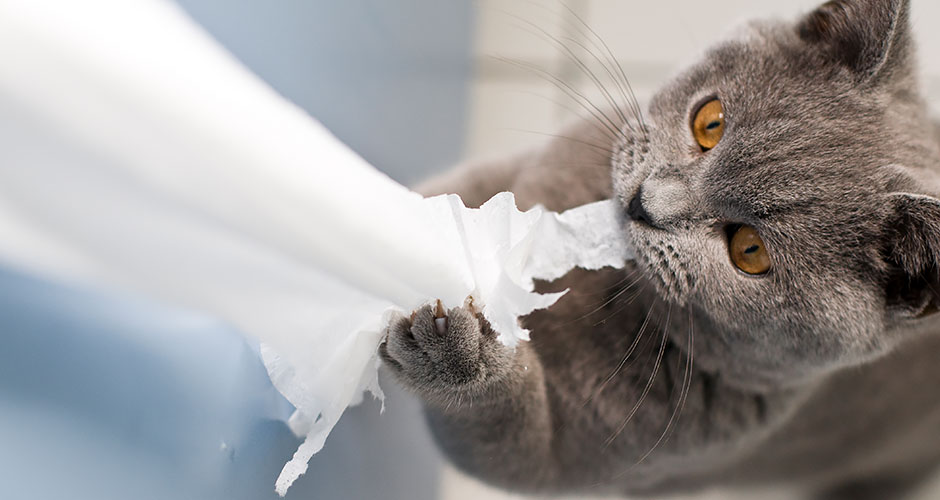How to Treat Fatty Skin Tumors in Dogs

Treatment for fatty skin tumors in dogs may involve surgery, infiltration with calcium chloride, holistic/natural therapies, and a change in diet, such as feeding pet food specifically formulated for weight loss. Treatment for infiltrative fatty tumors requires surgery and radiation. ,
Giving your dog Omega 3 fatty acids and liver support supplements can help eliminate toxic waste from your dog’s body that may be contributing to the growth of fatty tumors. Supplements can also help increase your dog’s blood flow, which prevents stagnation that leads to fat cell accumulation. ,
Surgery for fatty skin tumors in dogs
The decision to surgically remove a fatty tumor is based on tumor size and the health of your dog. Small fatty tumors that do not interfere with movement or organ function can be left alone but large fatty tumors should be surgically removed. Since fatty tumors generally occur in senior pets, the risk of anesthesia is carefully weighed against the risk posed by the fatty tumor. Surgical removal does not stop other fatty tumors from forming nor does it guarantee that a fatty tumor will not redevelop in exactly the same place.
Infiltration of fatty skin tumors with calcium chloride
Some veterinarians recommend injection of caustic material (30% calcium chloride) into the fatty tumor. The potential side effects of calcium chloride injection include pain, sloughing of the skin, the death of healthy tissue outside the fatty tumor, and acute inflammation caused by dying fat cells.
Holistic approaches to fatty skin tumors in dogs
Holistic veterinarians believe that surgical removal is only one aspect of treatment and that successful treatment must address the problems of stagnation and toxic materials that cause fatty tumors to form in dogs. Holistic veterinarians recommend:
- A change in diet
- Elimination of toxic wastes
- Increased blood flow to prevent stagnation.
Diet for dogs with fatty skin tumors (lipomas)
A change in diet for pets with fatty tumors addresses food quantity and quality. The ideal diet for a pet with fatty tumors contains enough calories to promote health but not enough calories to promote weight gain. If your dog is overweight, slowly decrease calories by feeding pet food specifically formulated for weight loss. Herbal products with carnitine or green tea, such as Vetri-Lean Plus and Be Well for Dogs can also help dogs lose weight.
The ideal diet for a dog with fatty tumors contains fresh, whole foods including fish, meat, and pureed vegetables. An ideal diet avoids simple carbohydrates found in flour, corn meal, or rice meal because these carbohydrates are readily converted to fat. When it is not feasible to feed home-cooked or fresh whole foods, use a premium kibble with meat or fish as the main ingredient. The kibble should not contain preservatives, chemicals, dyes or materials that your dog’s body cannot metabolize because these materials leave toxic wastes in the body. Taste Of The Wild Dry Dog Food is an example of a healthy pet food for dogs with fatty tumors.
Prevent fatty skin tumors in dogs
Eliminate toxic waste in your dog’s body: Eliminating waste products requires improved fat metabolism and the support of healthy organs including the heart, liver, and kidneys. Several products can be helpful:
- Omega 3 fatty acids support the heart, liver, and kidneys.
- SAMe, found in Denosyl, and supplements with milk thistle support the liver.
- Enzymes are a great boost with elimination because they help metabolize fat. The Cell Tech Super E12 Enzyme supplement is ideal for pets with fatty tumors.
- Red Yeast Rice is a supplement that inhibits fat cells (adipocytes) by interfering with cellular activity and lipid accumulation may be useful for pets with fatty tumors.
Increase your dog’s blood flow: Healthy blood flow, which requires a healthy heart and circulatory system, prevents stagnation that leads to fat cell accumulation. Blood flow and circulation are improved with massage, acupuncture, chiropractic care, and supplements that benefit the heart:
- Antioxidants and CoQ 10, such as in Super VitaChews and Denosyl.
- Omega 3 fatty acids in Be Well for Dogs and Nordic Naturals Omega-3 Pet
- Missing Link Ultimate Skin & Coat





